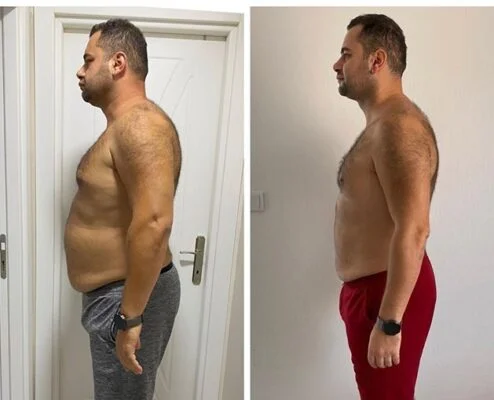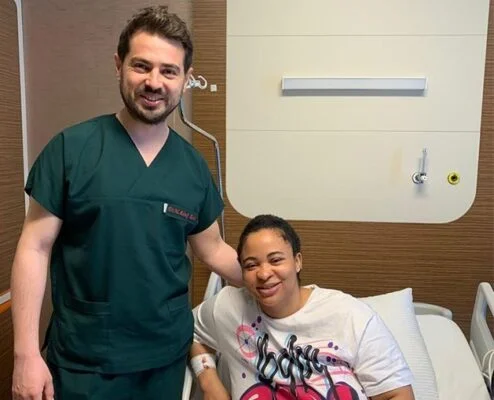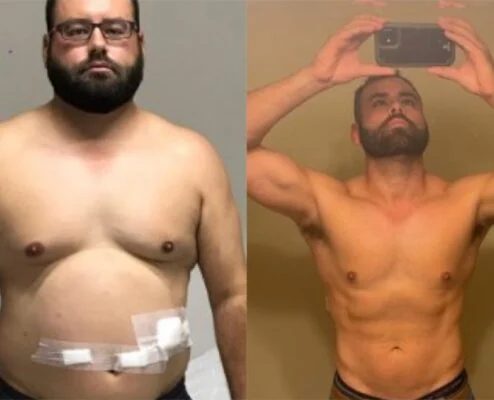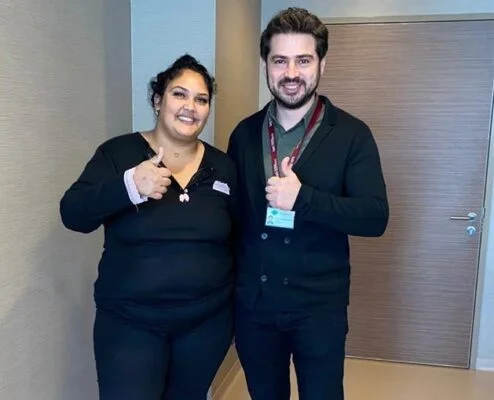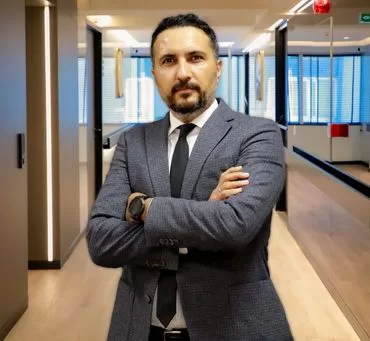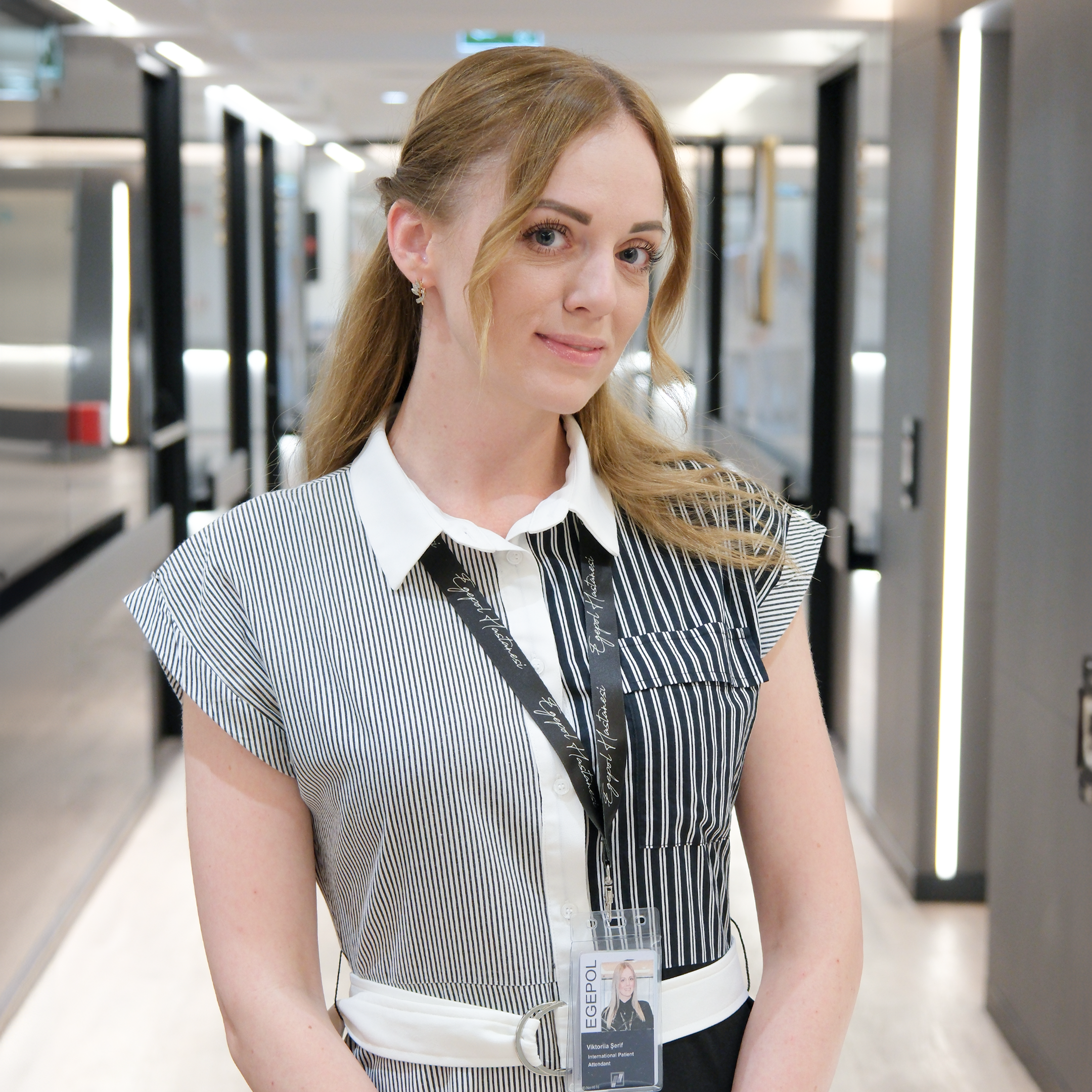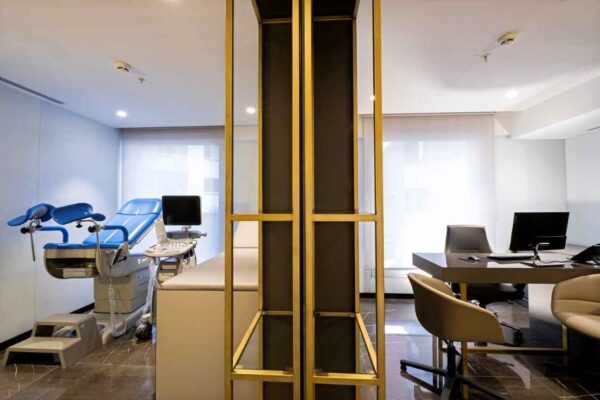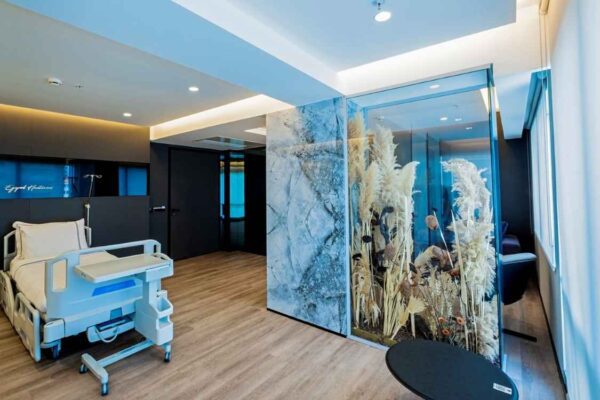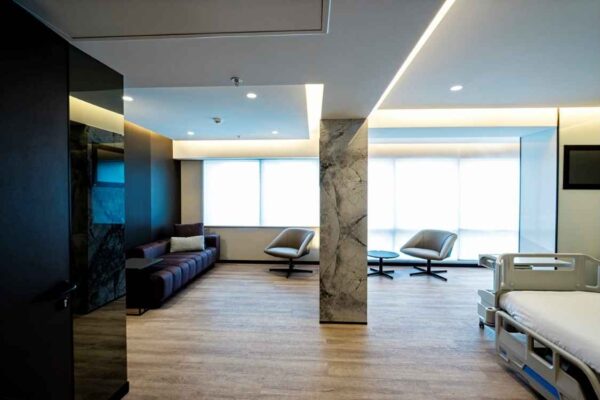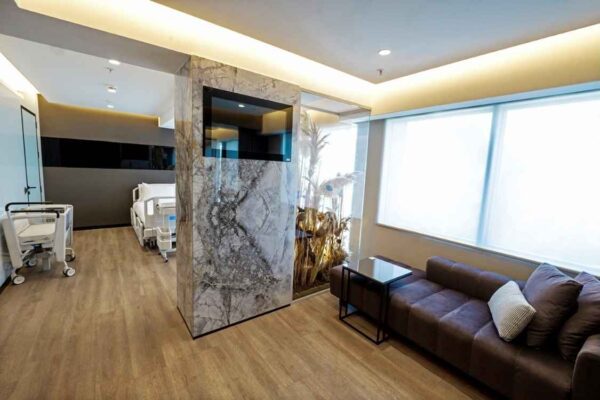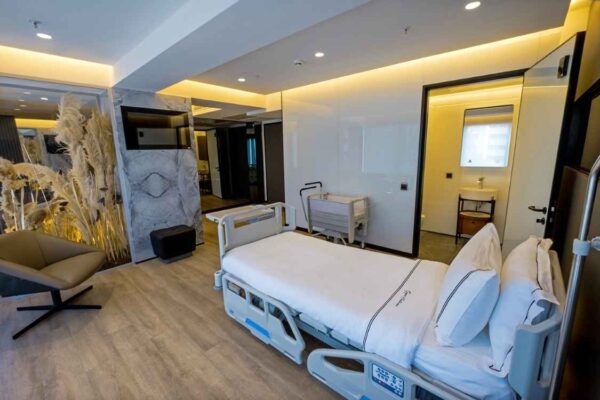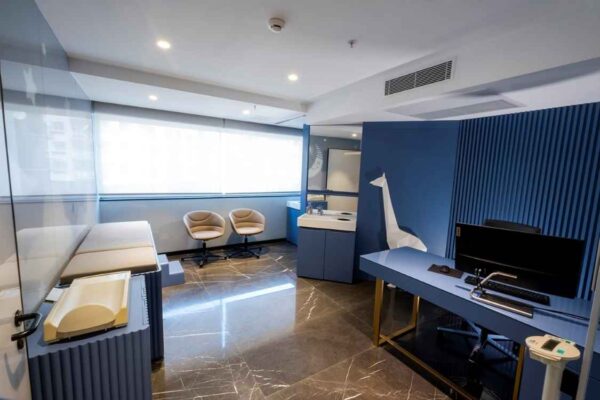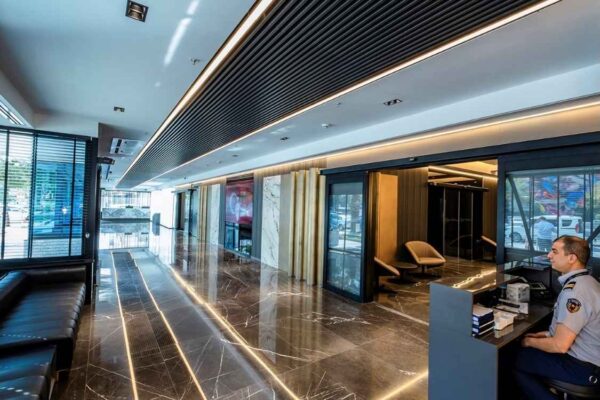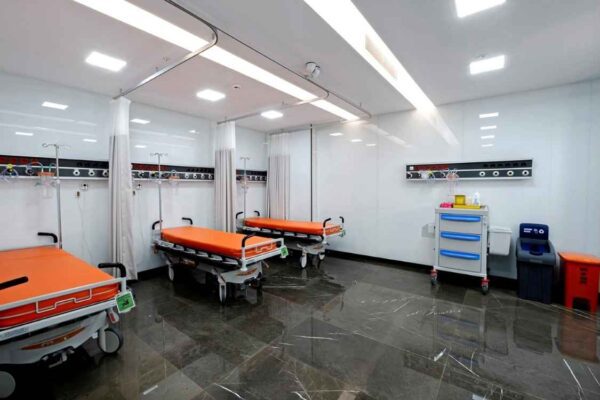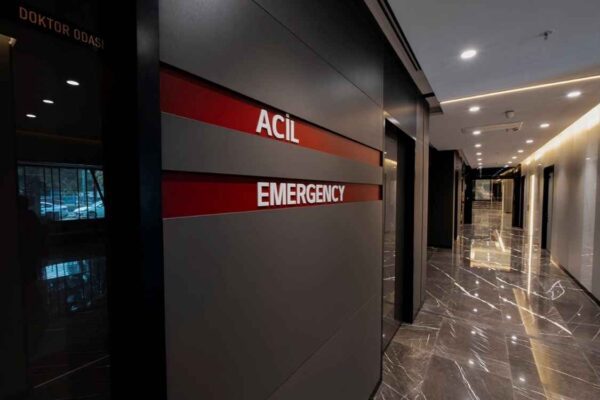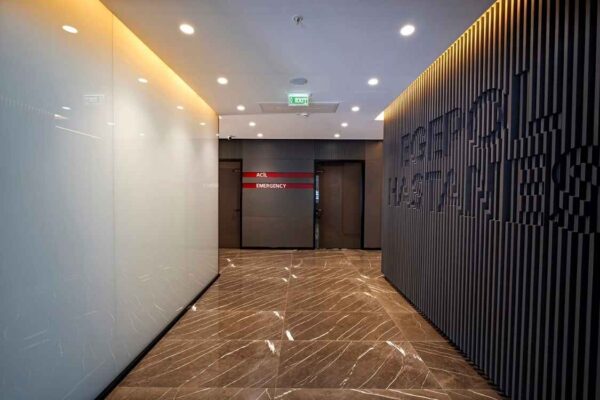Embarking on a quest for effective weight management strategies often leads to the discovery of the Gastric Balloon, a non-surgical technique that utilizes a malleable silicone orb to reduce caloric intake and induce satiety. In the following paragraphs, we shall delve into the intricacies of this method, addressing its execution and patients’ anticipated experiences.
What is Gastric Balloon?
The Gastric Balloon is typically recommended for individuals afflicted with corpulence or excessive adiposity, who have been unsuccessful in shedding excess weight via conventional means like diet and physical exertion. Although it is deemed less invasive than surgical weight reduction procedures like gastric bypass or sleeve gastrectomy, it is crucial to comprehend that the Gastric Balloon is not a miraculous panacea for weight loss. Instead, it necessitates significant lifestyle adaptations to attain and maintain optimal results.
How is Gastric Balloon Performed?
The Gastric Balloon, a minimally invasive technique, employs a pliable silicone orb placed within the stomach via oral insertion. As an ambulatory procedure, it typically spans approximately 30 minutes. The following elucidates the sequence of events during the Gastric Balloon operation:
- Pre-Procedure Consultation: The patient confers with the medical professional to review medical chronicles, current medications, and potential allergens. The physician might also conduct a physical assessment and administer tests, including blood work and imaging studies, to ensure the patient’s suitability for the procedure.
- Anesthesia Administration: A mild sedative and local anesthetic spray are employed to induce relaxation and desensitize the pharyngeal region, respectively.
- Endoscope Insertion: The physician introduces a slender, pliant endoscope—equipped with a camera and illumination—into the patient’s oral cavity and navigates it through the esophagus. This device permits visualization of the gastric cavity and guides the accurate placement of the orb.
- Gastric Balloon Placement: The deflated orb is transferred through the endoscope into the patient’s gastric cavity. Once positioned appropriately, it is inflated with a saline solution via a syringe. The volume of saline solution is contingent upon the orb’s dimensions and the patient’s unique requirements.
- Placement Verification: Utilizing the endoscope, the physician validates the orb’s position, ensuring its integrity and the absence of complications.
- Endoscope Withdrawal: After confirming the orb’s placement, the physician extracts the endoscope from the patient’s oral cavity.
- Recovery and Observation: Post-procedure, the patient is monitored for several hours to guarantee smooth recovery. They are advised to refrain from arduous activities and heavy lifting for the remainder of the day. Discomfort, nausea, or emesis may occur initially but typically wane within a few days.
- Follow-Up: The patient will reconvene with the physician a few weeks post-procedure for progress evaluation and adaptation assessment concerning the Gastric Balloon. The orb remains in situ for up to six months, during which significant lifestyle adjustments, encompassing dietary modifications and exercise, are necessary to attain and sustain weight loss.
What should be considered after Gastric Balloon?
After a gastric balloon procedure, there are several important factors to consider for a successful outcome and a smooth recovery. Here are some key points to keep in mind:
- Follow the post-operative instructions provided by your doctor carefully. This may include dietary guidelines, medication usage, and follow-up appointments.
- Stick to the prescribed diet plan, which typically involves consuming small portions of nutritious food and avoiding high-calorie and fatty foods.
- Stay hydrated by drinking enough fluids, as recommended by your doctor.
- Engage in regular physical activity as advised by your healthcare provider to aid in weight loss and maintain overall health.
- Pay attention to any signs of complications, such as severe abdominal pain, vomiting, or difficulty swallowing, and report them to your doctor immediately.
- Attend all follow-up appointments to monitor your progress and make any necessary adjustments to your treatment plan.
- Seek support from a registered dietitian or support group to help you adapt to your new lifestyle and make healthy choices.
- Take any prescribed medications as directed, including those for pain management or to prevent complications.
- Be patient with your weight loss journey, as it may take time to reach your desired goals.
- Adopt healthy habits and maintain regular communication with your healthcare team for long-term success in managing your weight.
FAQs
Gastric balloon surgery in Turkey typically offers various payment plan options to accommodate patients’ needs. These options often include credit card payments, bank transfers, and cash payments. Patients can choose the method that suits them best, ensuring a convenient and flexible payment process for their gastric balloon surgery.
No, gastric balloon operations are typically not covered by insurance. They are considered elective procedures for weight loss and not medically necessary. Insurance providers usually require medical necessity and certain criteria to be met for coverage, such as a high body mass index and failed attempts at other weight loss methods.
The cost of a gastric balloon procedure in Turkey is often lower due to a combination of factors. These include lower overhead costs, competitive market prices, and favorable currency exchange rates. Additionally, Turkey has become a popular medical tourism destination, offering affordable healthcare options without compromising on quality.
No, finance options for gastric balloons are typically not available. Gastric balloon procedures are considered elective and cosmetic in nature, rather than medically necessary. Therefore, they are typically not covered by insurance, and financing options may be limited or unavailable for such procedures.
The age limit for gastric balloon surgery in Turkey may vary depending on the medical facility and the individual’s specific circumstances. Generally, candidates for the procedure should be adults between the ages of 18 and 65. However, it’s essential to consult with a healthcare professional to determine eligibility based on personal health factors.
The risk of complications or adverse events associated with gastric balloon surgery can vary depending on individual factors and the specific procedure. While the procedure is generally considered safe, potential risks include infection, balloon deflation or migration, gastric irritation, and gastrointestinal discomfort. Consultation with a healthcare professional can provide more accurate risk assessments.
While gastric balloon surgery is generally considered safe and effective for weight loss, there can be some potential complications. These may include nausea, vomiting, abdominal pain, balloon deflation or leakage, ulcers, and in rare cases, bowel obstruction or perforation. It’s important to discuss potential risks with your healthcare provider.
Gastric Balloon Before – After
Our Team
Our Hospital
Atilla, Halide Edip Adıvar St.
No:57, 35270 Konak/İzmir



